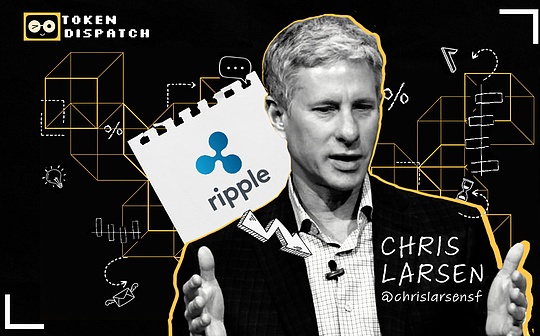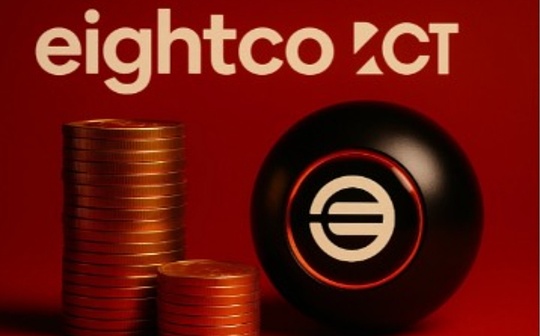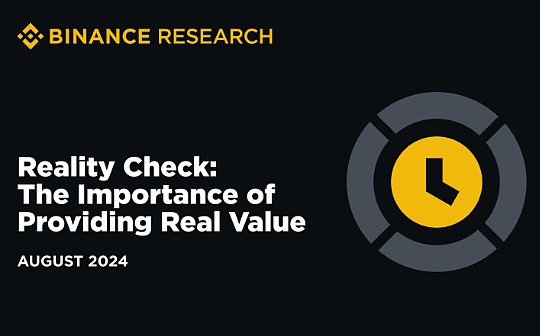
Source: Binance
Important points
-
Narrative, sentiment and hype can attract short-term interest from users, but are not enough to achieve long-term growth, especially in a bear market.Projects that rely solely on industry narratives or external rewards often attract short-term users, which may be difficult in the long run.
-
Projects should focus on providing real value to users with tangible benefits such as successful use cases and sustainable benefits.This user-centric approach can maintain user engagement and develop loyalty after the initial hype.Ultimately, deliver meaningful value and continuous innovation, ensure long-term development of individual projects and create a healthier and more resilient cryptocurrency market.
-
In this report, we focus on three ways to achieve “actual value” (not exhaustive): actual demand, actual income and profit, and actual rate of return.
-
Actual demand refers to the willingness and ability of participants to use and pay for products or services without relying on external rewards.The close fit between the product and the market can create inherent demand and enable the project to generate sustained profits.
-
Actual income refers to the tangible income generated by the project, usually from agreement fees.When combined with healthy token economics and lower operating expenses, projects can achieve operational profitability.
-
The real rate of return of the cryptocurrency economy comes from a tangible source of income and does not rely entirely on the issuance of inflation tokens.
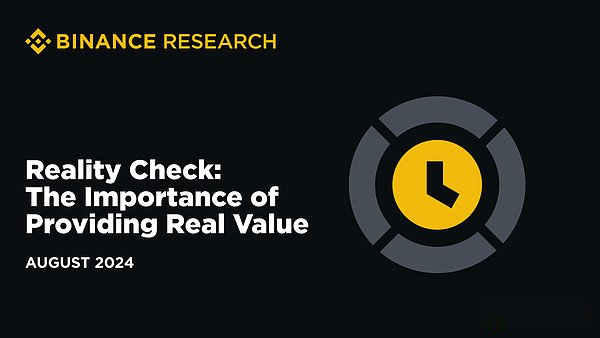
Challenges to stay interested
Narrative, sentiment and hype are crucial in driving short-term price movements and attracting retail interest.However, these factors are not sufficient in themselves to maintain long-term growth in prices and activities.This situation is more obvious in sideways or bear markets, when on-chain activity decreases and capital inflows slow down.Projects that rely solely on industry narratives or incentivize activities by providing external rewards such as points or airdrop mining will face a more difficult operating environment.
In this case, projects that provide some intrinsic tangible value tend to perform better because they maintain a basic level of activity regardless of market conditions.
Current situation
Many projects have successfully attracted users’ attention with the help of current trends, such as popular narratives such as artificial intelligence, re-staking or infrastructure layer.However, some of these projects failed to maintain their development momentum, and user interest also weakened as time tries, making it difficult to conceal the decline.
Projects that rely heavily or entirely on external incentives such as points systems and airdrop commitments to attract and retain users have shown a similar trend.While these strategies can stimulate user interest and engagement early on, they often fail to foster long-term commitment.Once the points plan is terminated or the tokens are airdropped, users will be lost, lacking an inherent reason to keep them.
Overall, projects that rely entirely on hype or external rewards tend to only attract short-term user bases.Moreover, without tangible innovation, these projects will not be able to make a significant contribution to the overall development and maturity of the cryptocurrency ecosystem.
Focus on providing real value
To achieve sustainable growth, projects must focus on providing real value to users.In this report, we roughly define “real value” as a product or project that can provide tangible benefits, which can be a successful use case, a sustainable rate of return, or other tangible rewards.We will introduce it in detail in the next section.
The purpose of providing actual value is to allow users to remain involved after the initial stage of hype, and they will continue to use the platform even if there is no external reward.By time, this user-centered approach can cultivate loyalty and encourage users to promote the platform to others, thus forming a growth flywheel.
Figure 1: Attract, interact and delight users to create a growth flywheel
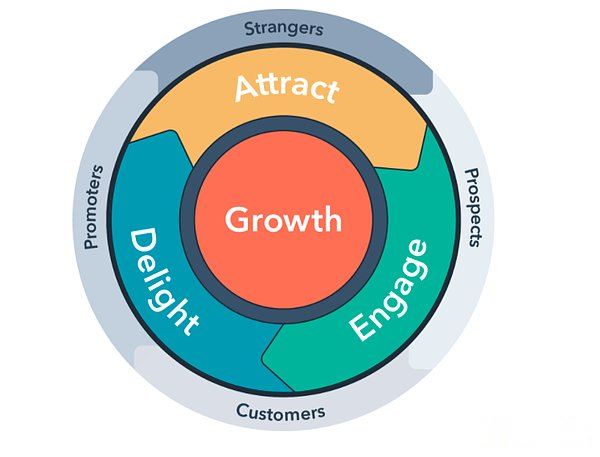 Source: Hubspot.
Source: Hubspot.
In fact, projects can develop solutions that meet real needs and provide intrinsic benefits, which can cultivate a loyal user base so that they will still participate after a short period of incentives.This approach not only ensures long-term development of individual projects, but also helps to create a healthier and more resilient cryptocurrency market.In the long run, the success of the cryptocurrency ecosystem will depend on the project’s ability to deliver meaningful value and drive continuous innovation.
Understand all aspects of actual value
As mentioned above, we roughly define “real value” as a product or project that can provide tangible benefits.There are many ways to create value for market participants, but we mainly start from three aspects:
-
Actual demand: refers to providing a product or service that can meet the real needs or use cases of users.
-
Actual income/earnings/cash flow: refers to the general realization of financial sustainability by generating expenses.
-
Real rate of return: refers to the income generated by a tangible source of income to token holders.
1. Actual requirements
The actual demand is manifested in the willingness and ability of cryptocurrency participants to use and pay for a specific product or service without providing external rewards (such as airdrop commitments and points mining, etc.).This is usually achieved through the close fit between the product and the market, including filling market gaps or demands, or providing valuable features and use cases that resonate with many users.
The close fit between the product and the market can create inherent demand and enable the project to generate sustained profits.This in turn provides the necessary resources and user appeal for the continuous development of the project, thereby meeting the ever-changing needs of end users.
We have witnessed the actual demand of old-fashioned industries, with user attractiveness and financial indicators continuing to grow.Decentralized Finance (DeFi) is an example of this trend, and it becomes an important part of the cryptocurrency economy by providing indispensable use case projects:
-
The decentralized trading platform (DEX) provides users with an infrastructure for on-chain token exchange.
-
Liquid pledge allows users to maintain liquidity while pledging assets.
-
The money market enables peer-to-peer (C2C) asset lending.
-
Cross-chain bridges facilitate the transfer of assets between different chains.
-
Stable coins provide a stable store of value in the form of cryptocurrency assets and can be further used in payment services.
In addition to decentralized finance, we also observed that emerging categories successfully captured strong market demand, attracting a large number of users:
-
The centralized trading platform provides a comprehensive set of integrated tools, including fiat currency deposits, spot and leverage trading, financial products and Web3 wallets.
-
Telegram trading robots optimize the on-chain trading experience and capture the strong demand for meme currency trading by making the trading process more convenient and smooth.
-
Predictive markets allow participants to trade shares or tokens based on the results of future events such as political elections, sports events and popular culture events.
-
The game captures the actual needs of gamers outside the cryptocurrency community and further introduces innovative in-game economics.
-
On-chain analytics tools collect, organize and convert raw blockchain data into actionable insights, some of which offer additional features through paid subscriptions.
This list is not exhaustive, but is just to illustrate the durability they demonstrate in terms of user appeal and growth over time.
It is crucial to distinguish projects that closely match products and markets from projects that lack the potential for sustainable growth. The former provides truly sustainable value, while the latter relies on short-term interests and human needs and does not solve practical problems.
2. Actual income and profit
Actual income refers to the tangible income generated by the project, usually from agreement fees.When combined with healthy token economics, projects continue to generate revenues that cover operating costs, can achieve profitability and operate sustainably for a long time without relying on external capital.
The profitability of the project can be calculated as follows:
Profit = Revenue – Operating Expenses – Token Issuance
The total project revenue minus operating expenses and token issuance can be calculated.As observed, this is not only about revenue, but projects can only make profits if the total revenue exceeds its costs, including operating expenses and token issuance.
Figure 2: Top 10 Agreements Based on 30-day Profitability
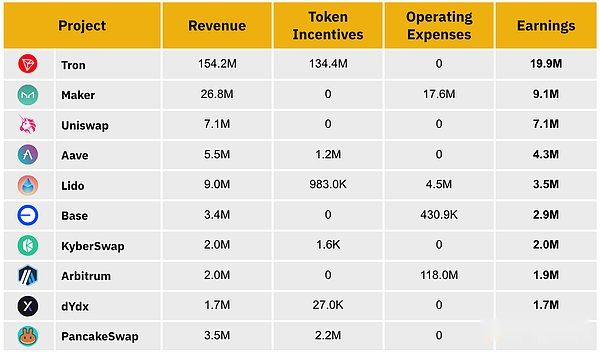
Based on data over the last 30 days, the profitability-leading protocols (within the sample dataset of Token Terminal) are Tron, Maker, and Uniswap.
On the other hand, while some projects may be able to generate substantial revenue, they may actually be in a net loss due to high token issuances or supplier incentives.Needless to say, we believe that it is not reasonable to require all agreements to be profitable immediately, as most agreements only last for a few years (or months).Referring to traditional early-stage startups, the practice of using losses to promote growth in the early stages is common and may work in the long run.Nevertheless, investors should evaluate and determine whether there are viable profitable paths for the foreseeable future.
3. Actual rate of return
The actual rate of return comes from a tangible source of income and does not rely entirely on the issuance of inflation tokens.This is like dividends in the traditional financial field, where the company returns part of the profits to shareholders.Similarly, in a cryptocurrency economic system, “real rate of return” is a mechanism for allocating actual gains to token holders or users.This is usually reflected in the form of pledge rewards, token repricing, or repurchase and destruction.
Cryptocurrency projects provide returns to token holders by providing real rates of return, reaching consensus with stakeholders.For example, a decentralized trading platform that provides yields to liquidity suppliers through transaction fees, a liquidity pledge and re-pled agreement that distributes yields through equity pledge rewards, and a synthesis of yields generated through underlying assets (such as Treasury bonds)USD and stablecoin agreement.
Figure 3: Schematic diagram of the actual rate of return allocated by decentralized trading platforms

On the other hand, there are some native tokens whose only function is governance.While this is fundamentally fine, and these tokens are critical to the functionality and decentralization of the project, they usually do not provide direct financial returns to their holders.The lack of real rate of return means that the value of these tokens is mainly closely related to their utility and the success of related projects.
Finally, investors should also pay attention to tokens that obtain yields primarily through inflation token issuance.Such tokens tend to attract profit-oriented capital and are inherently unsustainable.Tokens with high inflation incentives will experience a growing token supply, resulting in an imbalance in supply and demand over time.If the token demand does not increase accordingly, the token price will fall.Instead, we should focus on a yield distribution model that can provide tangible returns without relying on inflationary means.
Conclusion
As we continue to witness innovation in the cryptocurrency economy, it is crucial to understand the fundamental business model that distinguishes long-term sustainable projects from short-term hype.In this emerging cyclical market, projects that provide real value by demonstrating the close fit between products and markets, sustained revenue/yield growth and real rate of return are more likely to stand the test of time.
By contrast, projects driven by fleeting trends or speculative interests may experience rapid growth in the early stages, but often lack the underlying elements required for sustainability.Without clear value propositions and solid business models, they will have no place to stand when market enthusiasm fades.
In order to achieve long-term growth, we hope to see more projects that attach importance to providing real value and tangible benefits to users.






